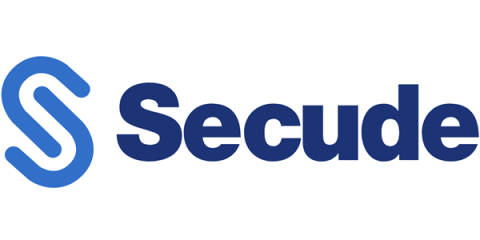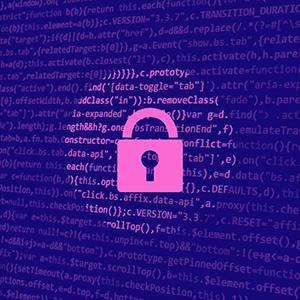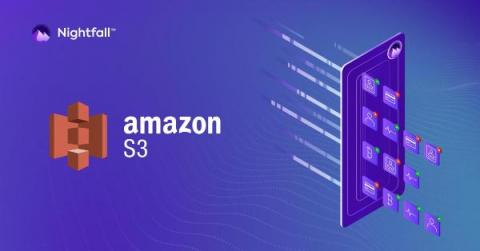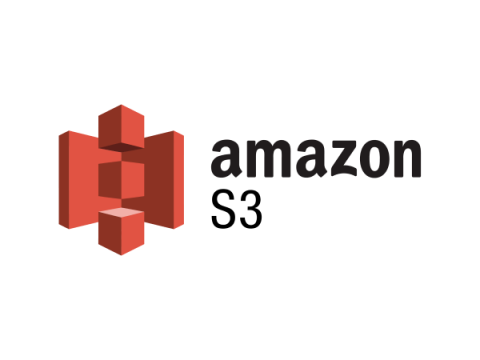Security | Threat Detection | Cyberattacks | DevSecOps | Compliance
Data Security
The latest News and Information on Data Security including privacy, protection, and encryption.
Why you need a layered security approach for protecting your data in today's threat landscape
The Secure Data Layer: A Formidable Opponent Against Ransomware
When organizations are attacked by ransomware, only a little more than half are able to recover their data using a backup. This begs the question, “What about the rest? Why might they be unable to recover?” One reason may be that their backup data has been compromised. Backups are a hot target for hackers. If they can get to an organization’s backup data, they have far more leverage.
Something, Something, Hackathon: Rubrik Announces 6th Annual Hackathon Winners
Hackathons vary in sizes and shapes, but ours has typically been a 24-hour sprint, with teams submitting a five-minute video presenting their project. This year was our biggest hackathon yet, with almost 90 teams registering across a multitude of departments including Support, Sales, Product, Technical Writing, and, of course, Engineering! We crowdsource the first-round judging by asking anyone at Rubrik to participate in evaluating projects.
NC Protect for Microsoft Teams
Scanning Amazon S3 Buckets with Nightfall Data Loss Prevention (DLP)
In this tutorial, we will walk through the end-to-end process of scanning your Amazon S3 buckets for sensitive data with Nightfall’s S3 Sensitive Data Scanner. By the end of this tutorial, you will have an exported spreadsheet report (CSV) of the sensitive data in your S3 buckets.
A Definitive List of Different Cloud Compliance Standards
Cloud security is not only good for consumers — but it’s also a requirement for businesses in many industries. Understanding compliance regulations (like GDPR) and security frameworks (like NIST) can help IT teams create strong, layered privacy and security controls and data loss prevention using a range of platforms and integrations. Here are the most common and comprehensive security standards that businesses need to know to be cloud compliant.
Discover and classify sensitive data in Amazon S3 with Nightfall's DLP Scanner
Organizations store high volumes of business-critical information in Amazon S3, such as personally identifiable information (PII), credit card information, secrets & credentials, and more. Identifying and protecting sensitive data in Amazon S3 is increasingly time-consuming, complex, and expensive, especially as your organization takes on more data.
Operationalizing Data Resiliency
Oracle databases are an integral part of modern technological infrastructure for organizations globally. They underpin high-volume digital business, perform thousands of transactions, and house an organization’s critical and sensitive information. Today’s business requirements and data-driven applications are expanding the definition of “data loss” to include data that is inaccessible to the business for a period to significantly and negatively impact it.
Bring down data storage costs by getting rid of obsolete data [Savings estimator]
Redundant, obsolete, and trivial (ROT) data refers to information housed in data repositories that is either not in use or not needed in current business operations. These are files just lying around in your data stores, adding to data storage costs.











